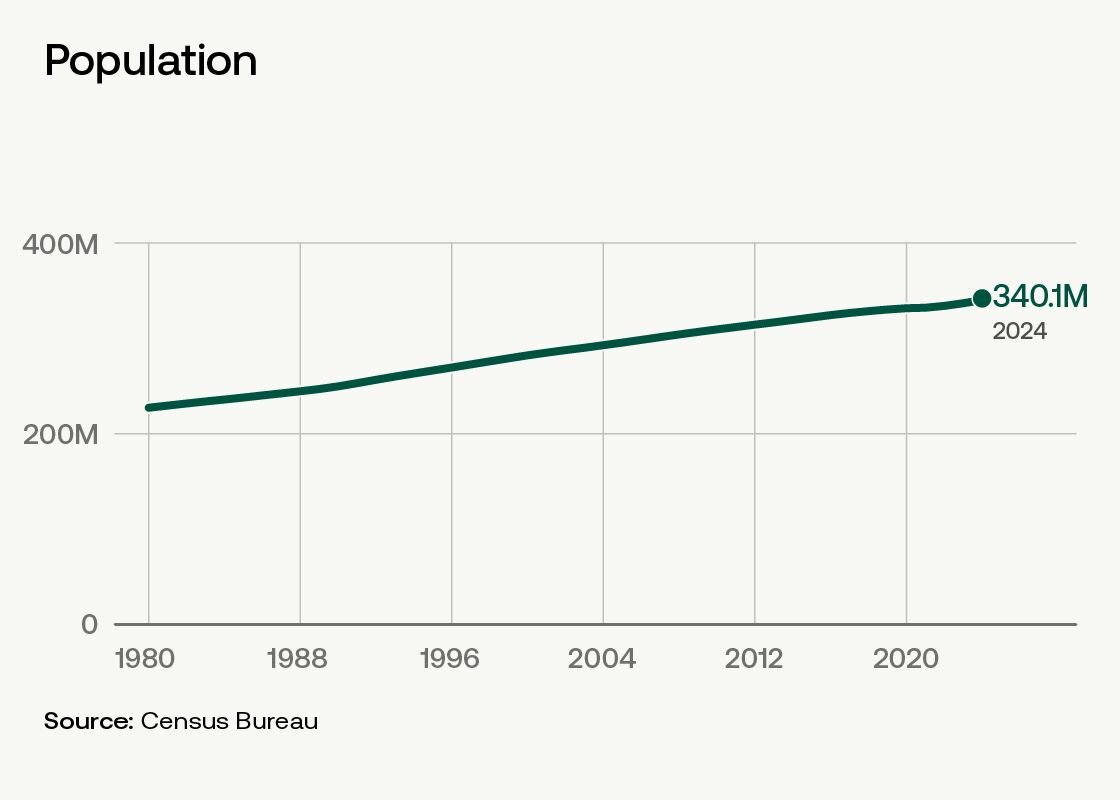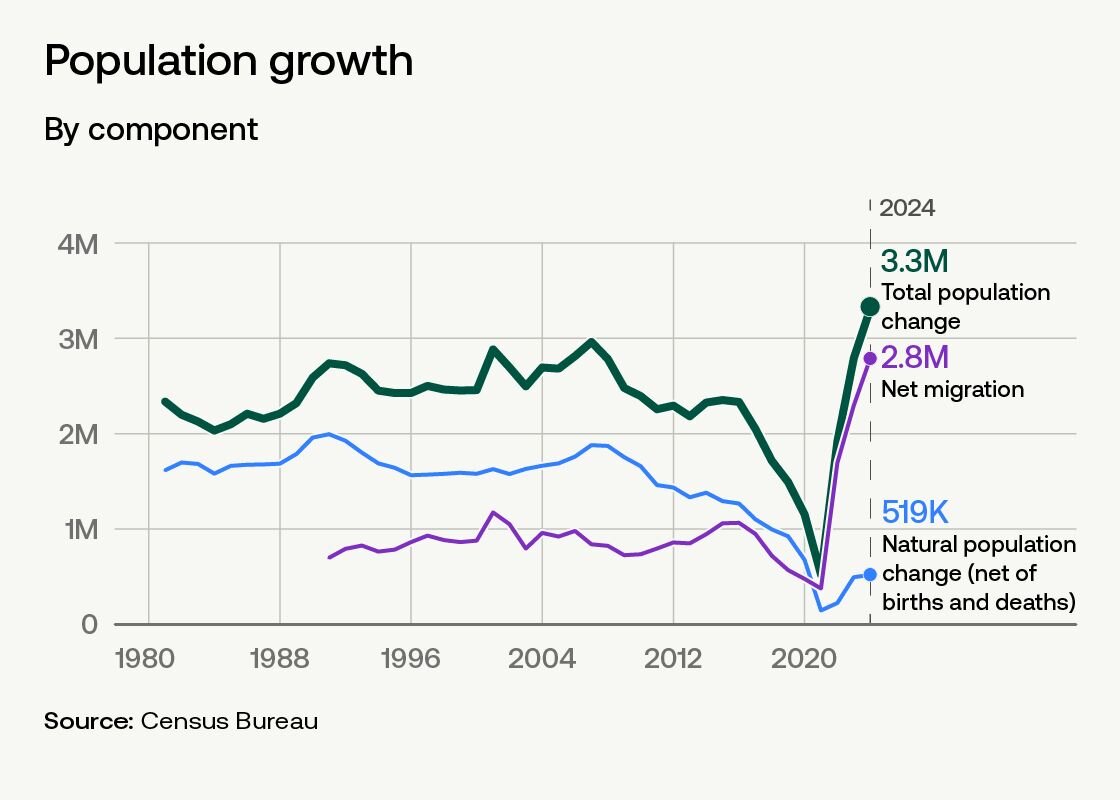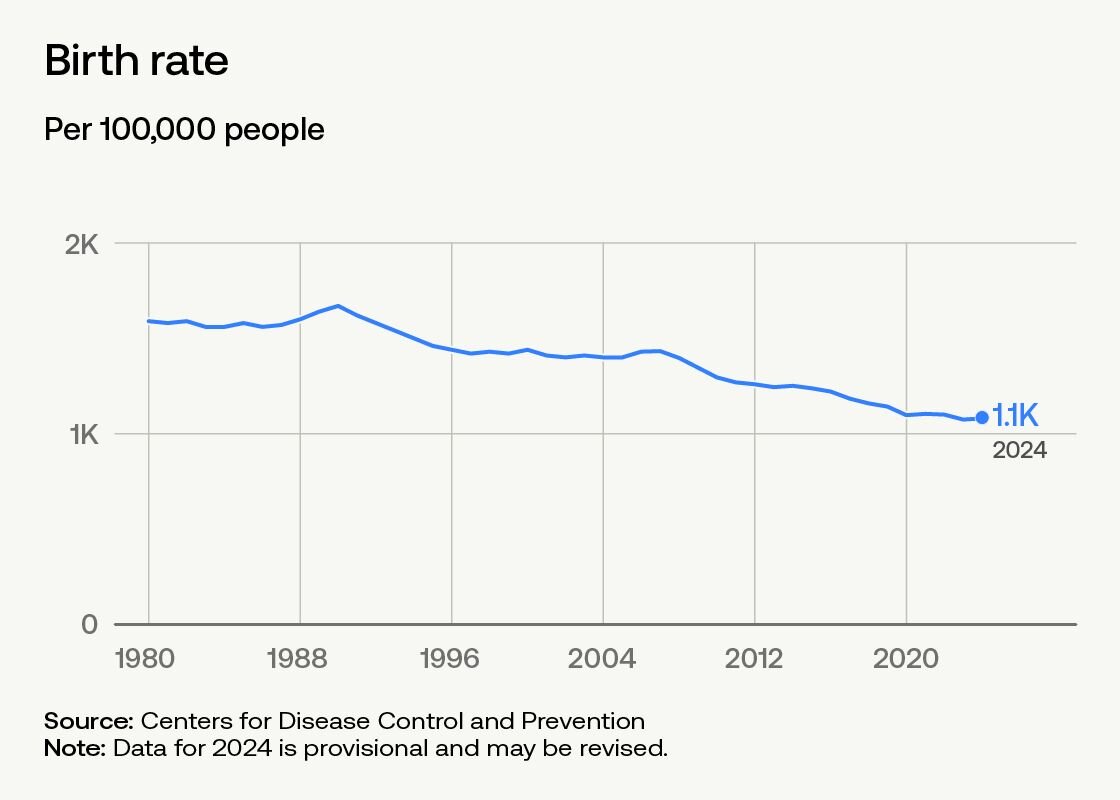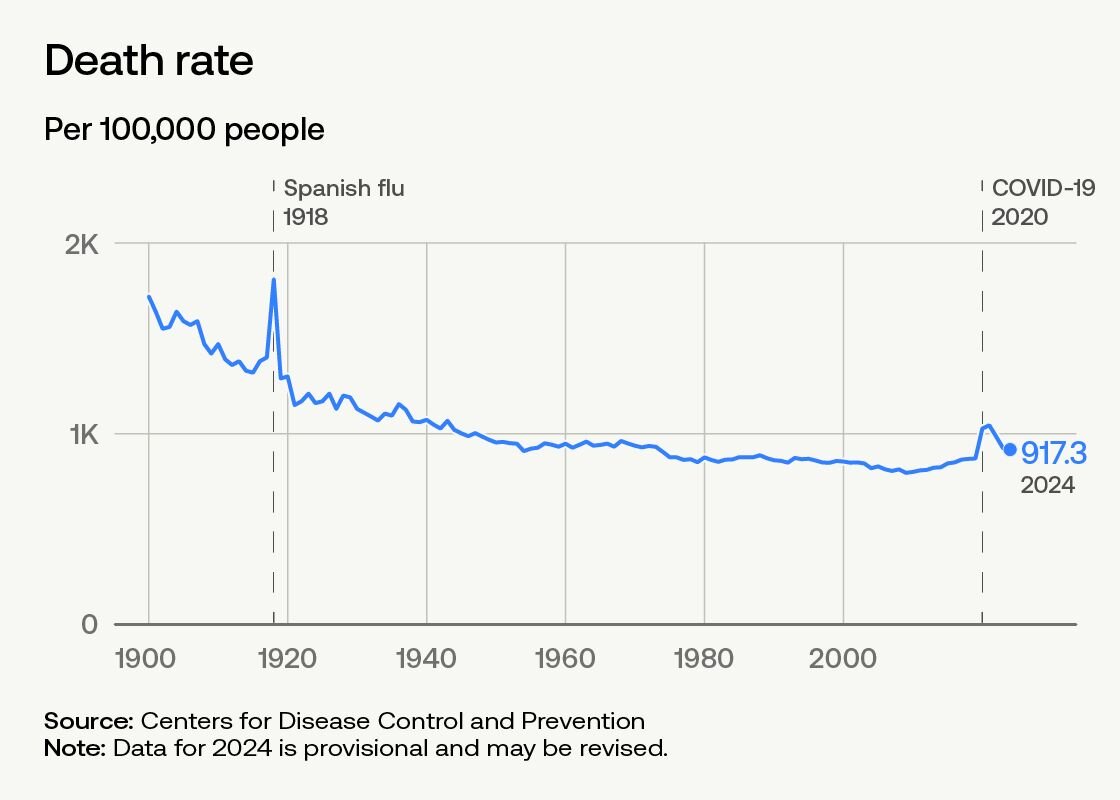
America in Facts 2025
About the report
In this report, America in Facts 2025: A Data-Driven Report for Congress, we leverage nonpartisan government data to inform critical policy debates of particular interest to the 119th Congress, including taxes, federal finances, and immigration and border security, among others.
Explore what we shared with Congress below or download the report.
Federal finances
Questions about how the federal government raises and spends money are front and center in 2025. With debates intensifying over the future of major programs like Social Security, Medicare, Medicaid, and interest payments consuming a growing share of the budget, this chapter offers a factual baseline to understand how the federal government raises and allocates money. It highlights recent trends in taxes, spending, deficits, and debt and provides essential context for evaluating fiscal policy choices.
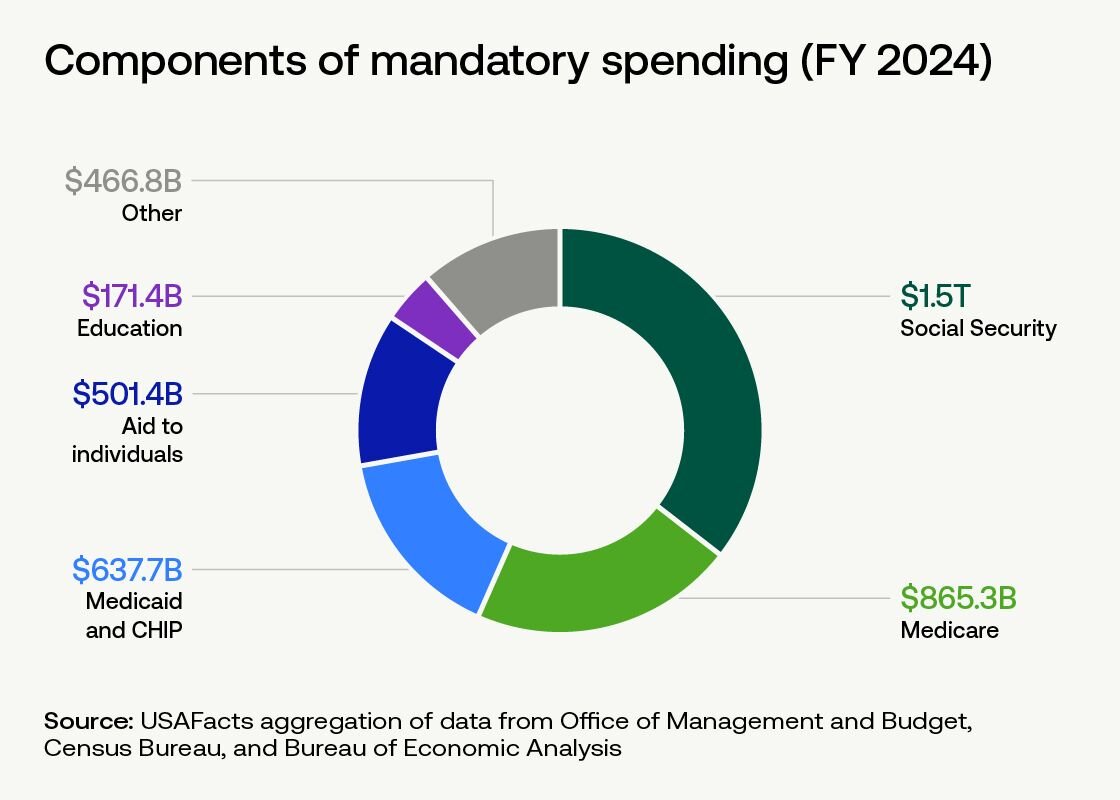
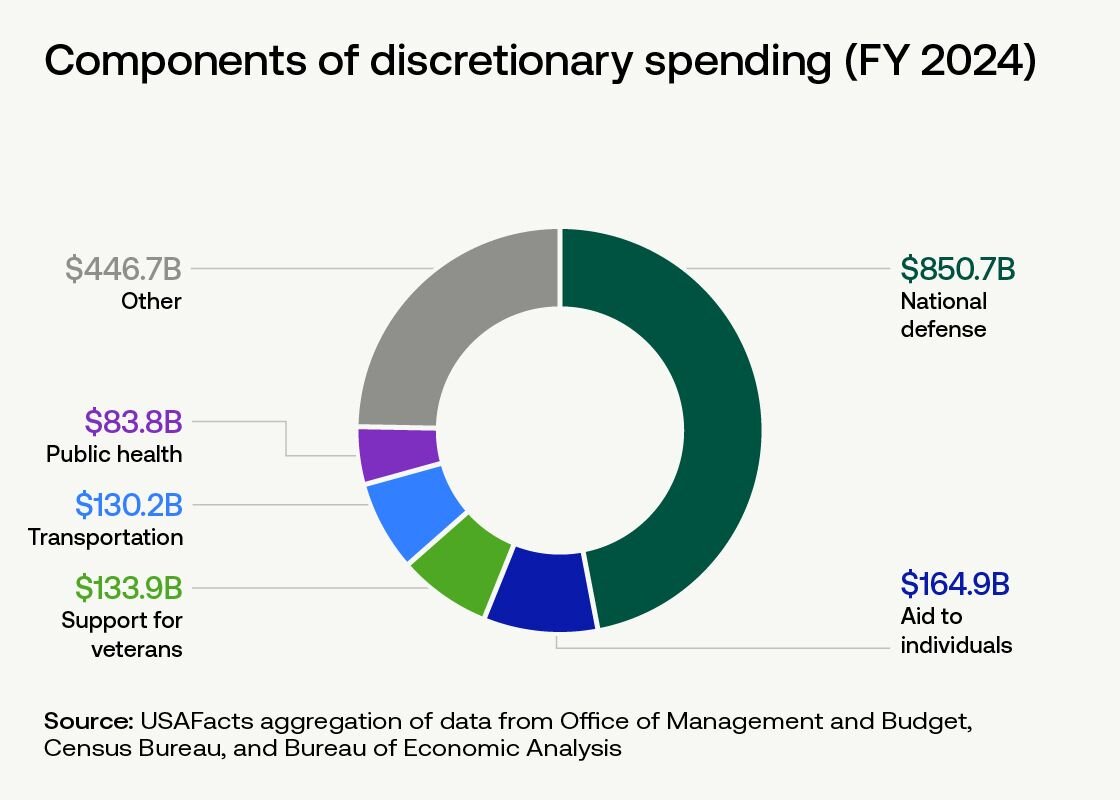
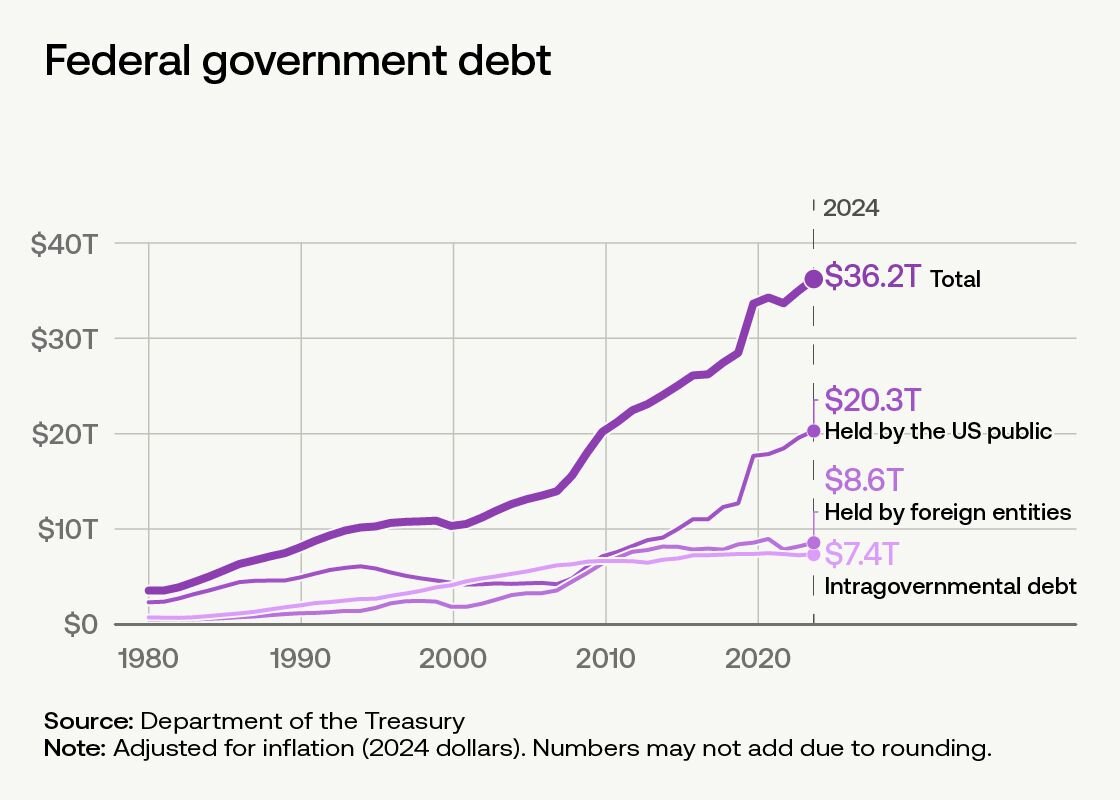
Federal individual income taxes
The Tax Cuts and Jobs Act (TCJA) was passed in 2017 and was first effective during the 2018 tax season. It made sweeping changes to the individual provisions of the federal tax code, particularly the standard deduction and itemized deductions. The One Big Beautiful Bill Act (OBBBA) of 2025 made some of those changes permanent, tweaked others, and introduced new tax code provisions.
It’s not just policy changes that affect federal income tax collection; the number of taxpayers and their incomes play a role. This chapter, which describes taxpayers and their behavior over the last decade, serves as a benchmark to evaluate the effects of the TCJA and the OBBBA.
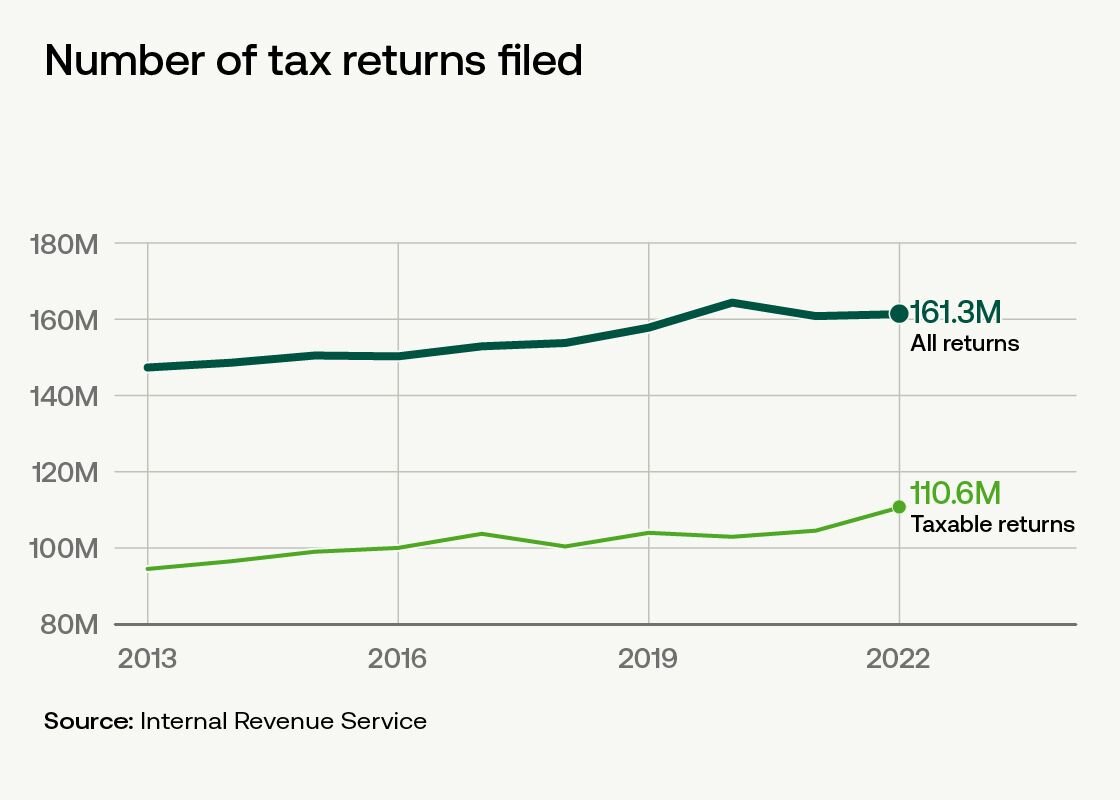
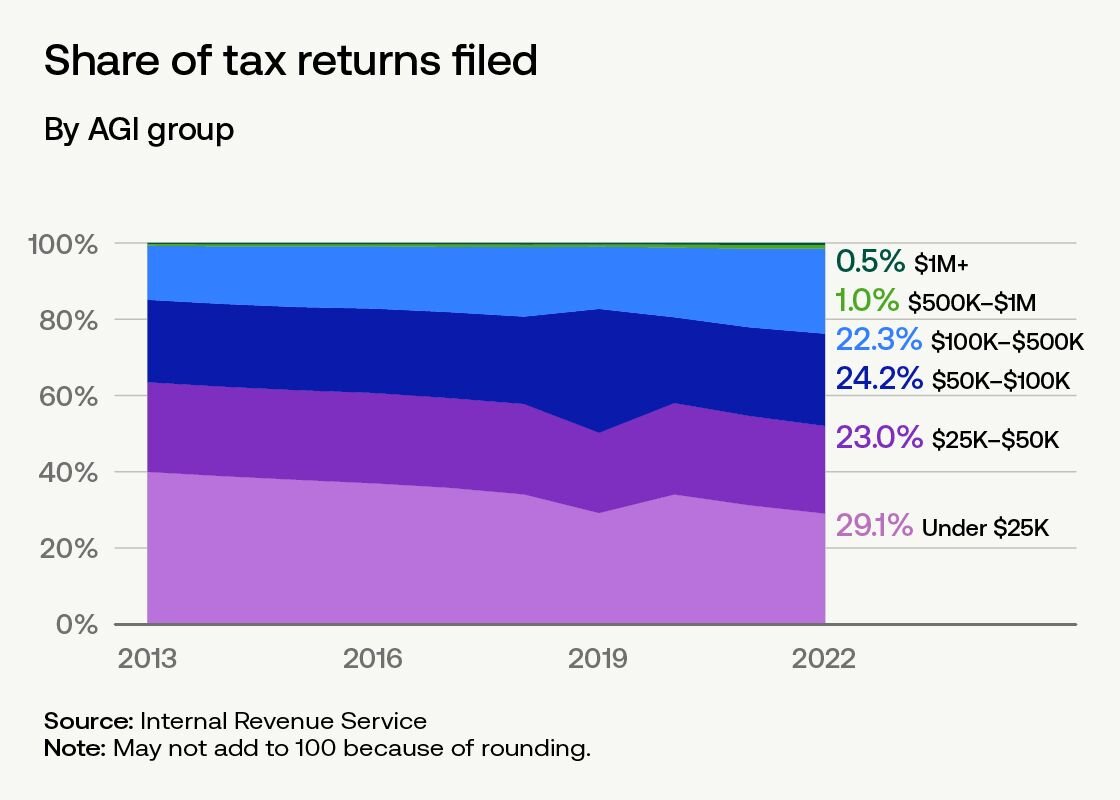
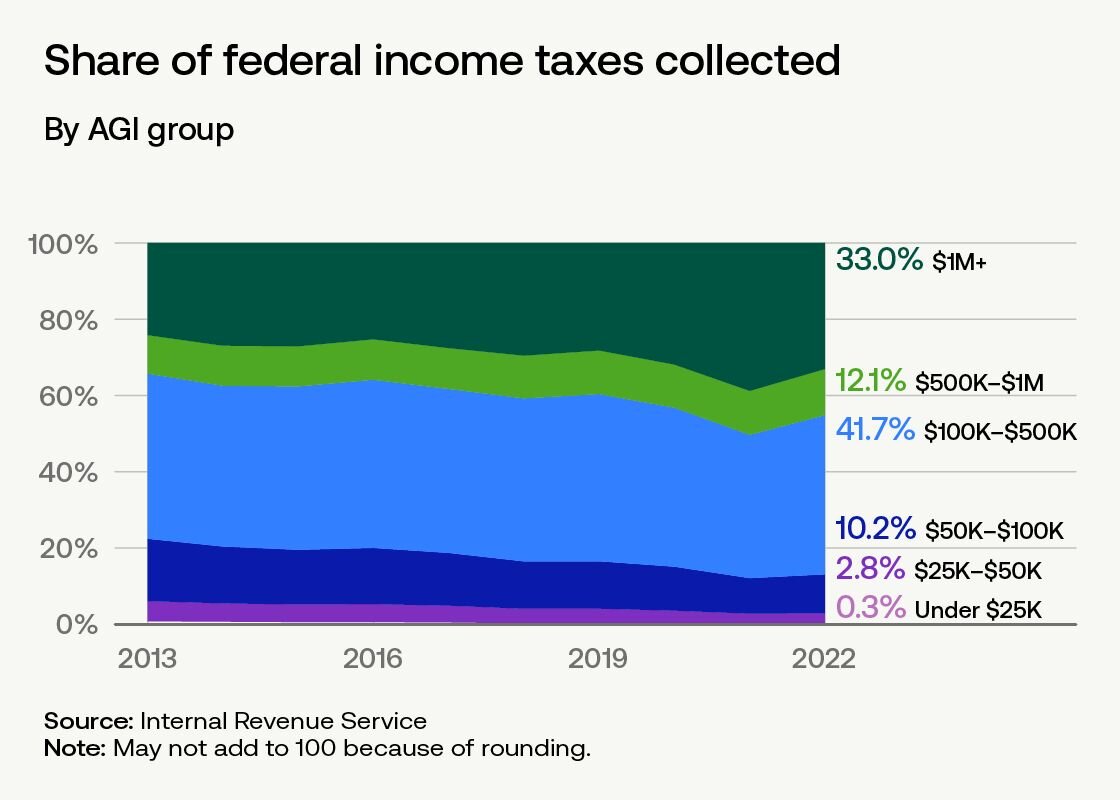
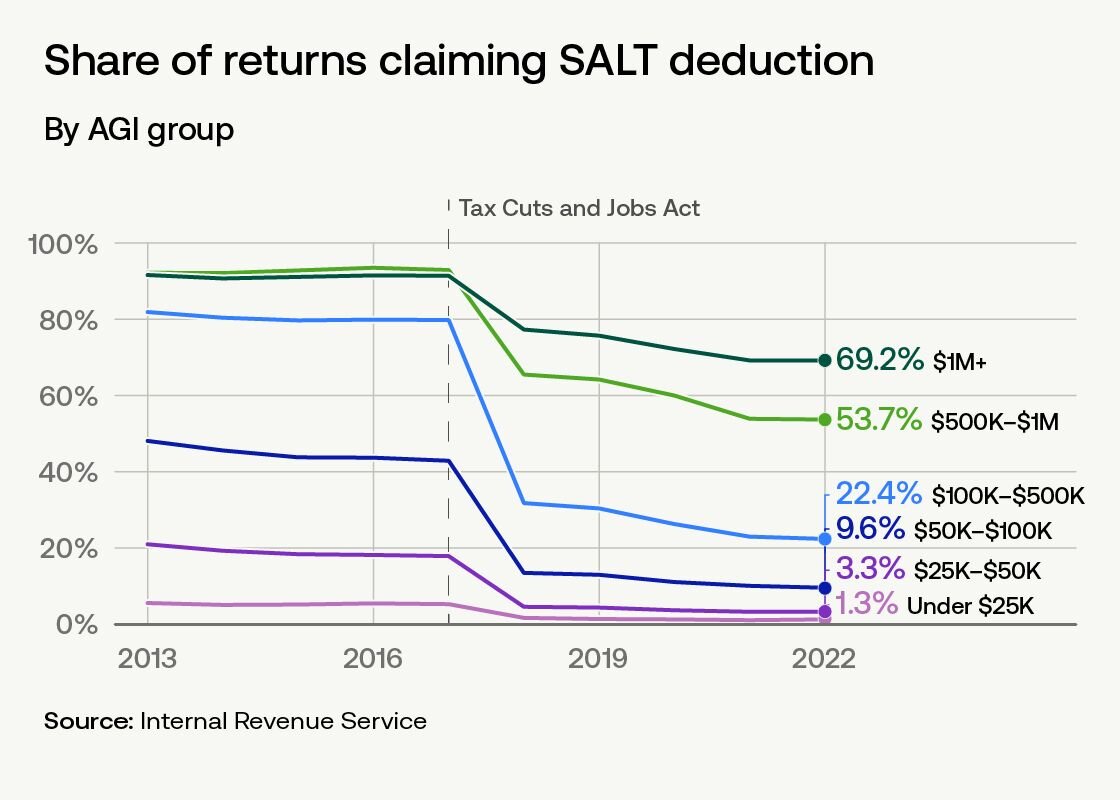
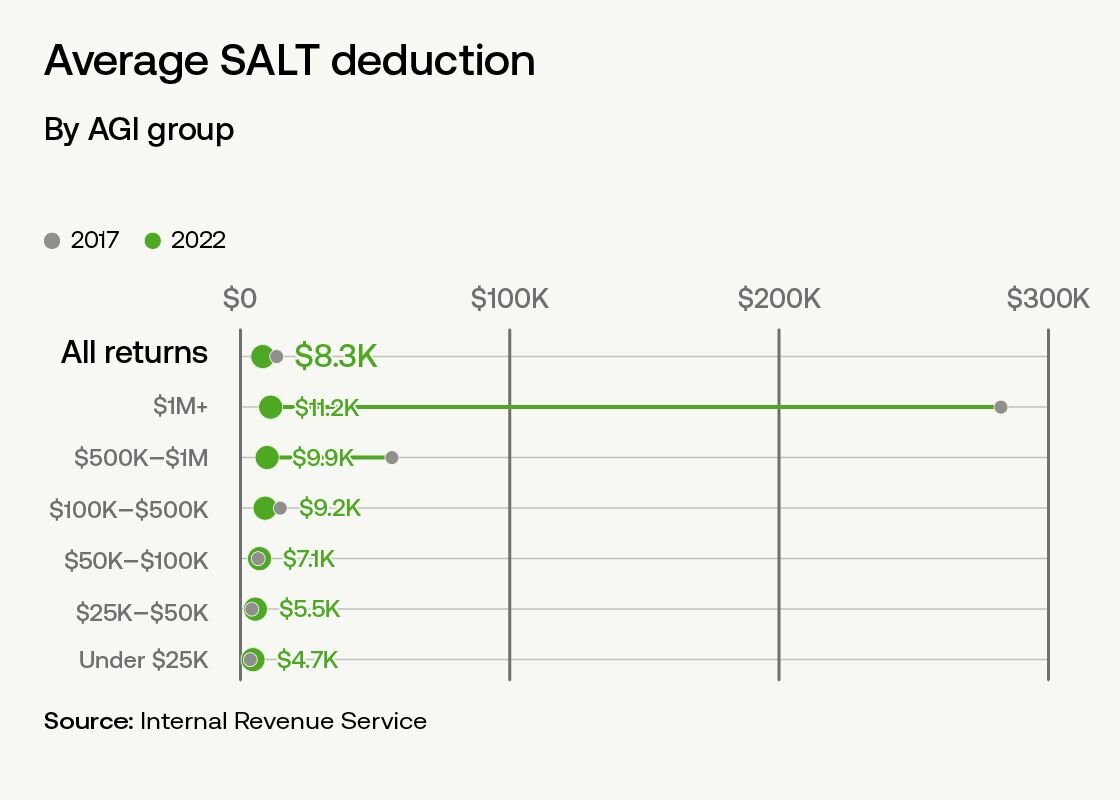
Standard of living
Several temporary income support provisions enacted during the COVID-19 pandemic have ended or reverted to previous levels. Congress also recently made changes to federal standard of living programs, such as the Supplemental Nutrition Assistance Program (SNAP), through the One Big Beautiful Bill Act. This chapter presents government data on key indicators of household well-being — such as poverty rates, income, and food security — to understand the current standard of living in the US and the potential effects of policy changes.
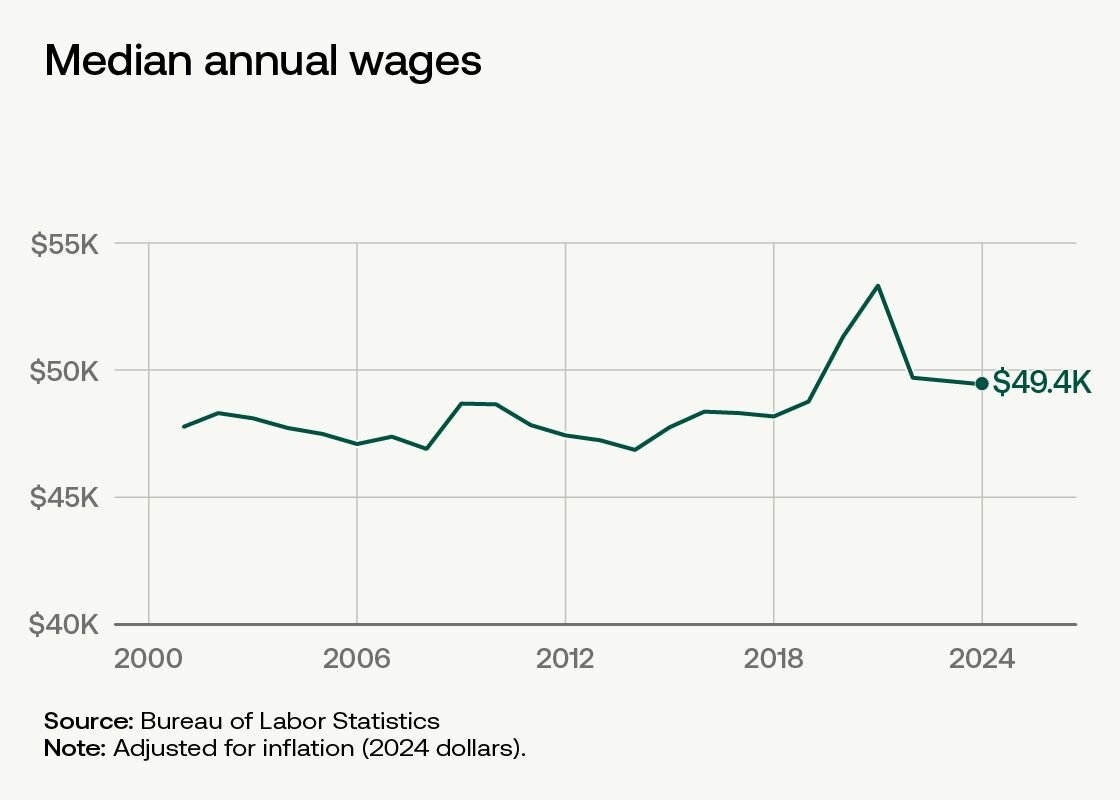
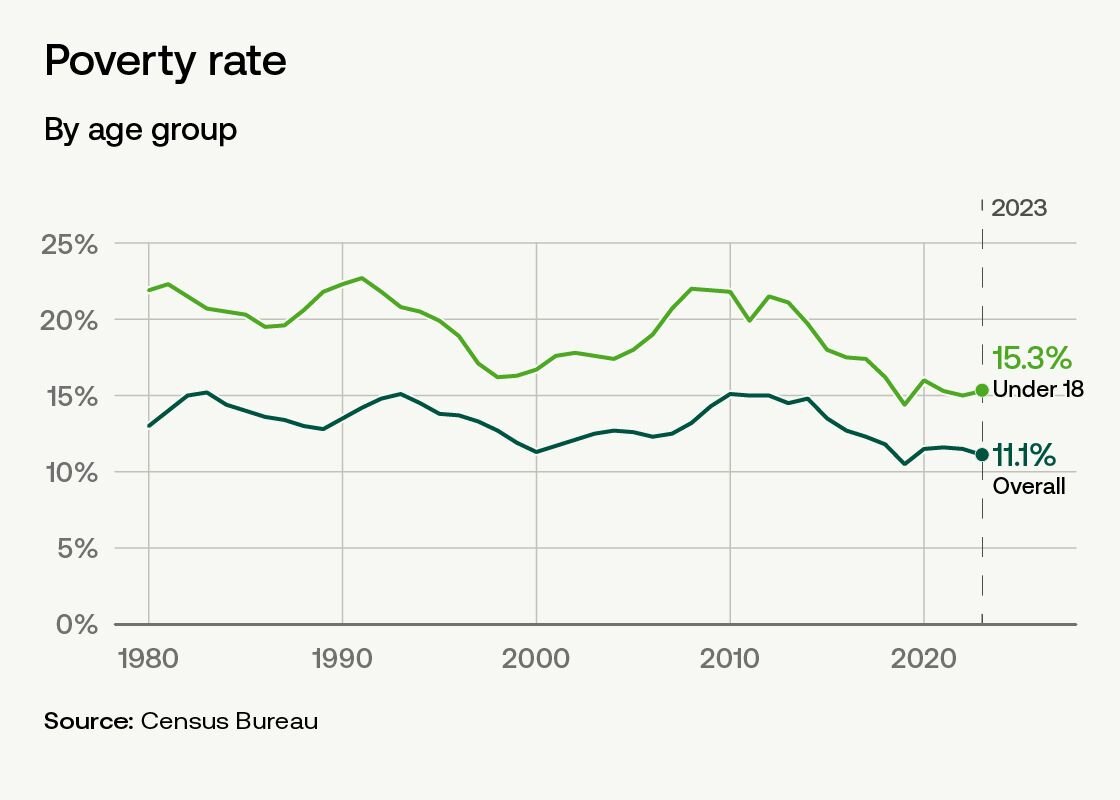
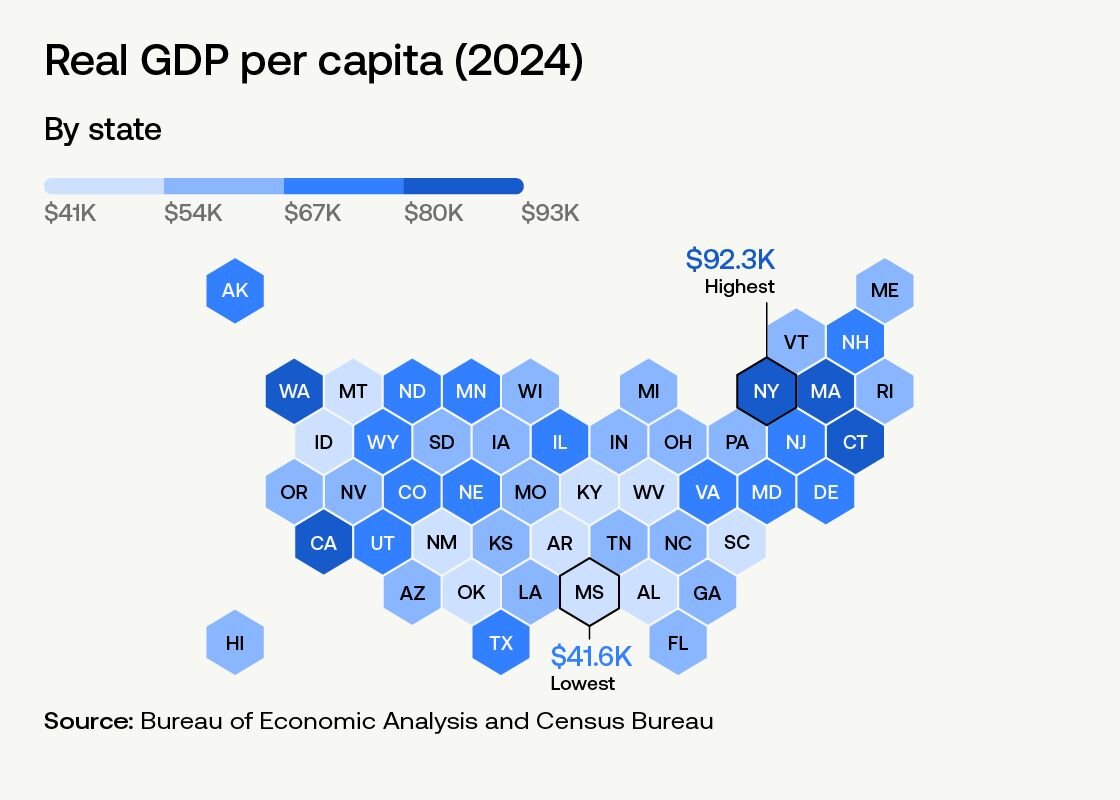
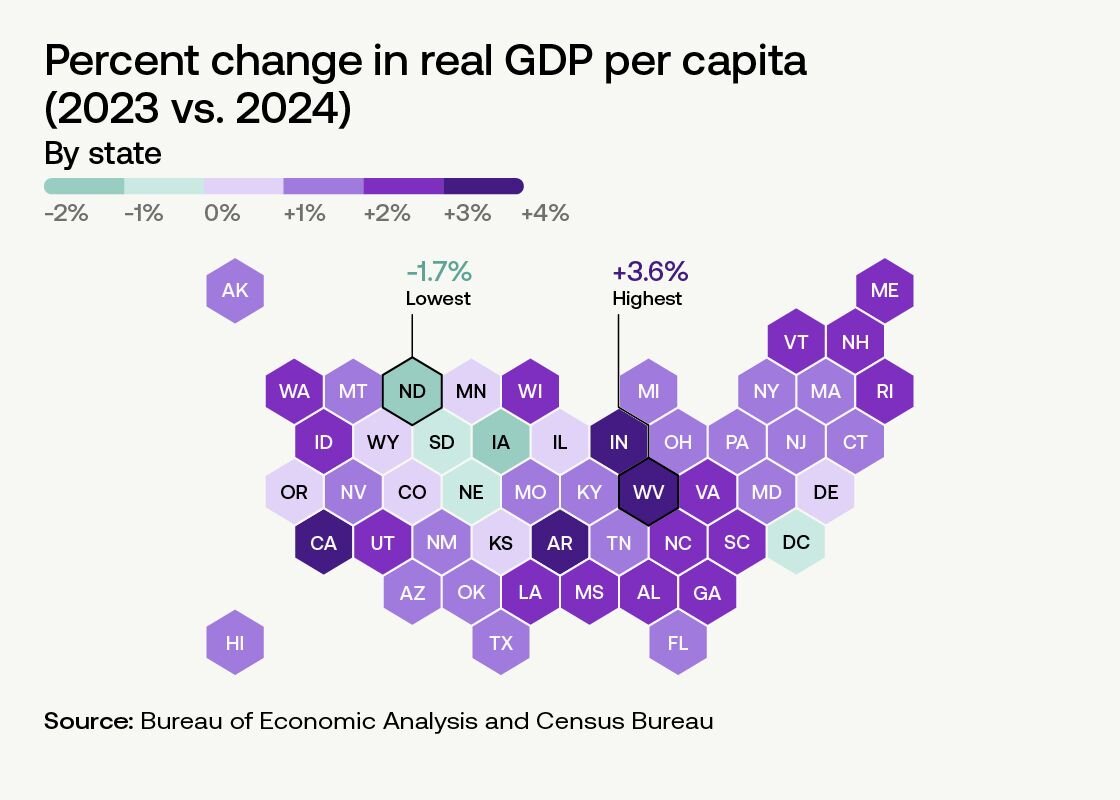
Economy
This chapter provides a foundation for understanding labor market, inflation, economic growth, and trade trends. As Congress weighs policies that influence the country’s economy, the data here offers context for assessing the current outlook and the potential effects of legislation.
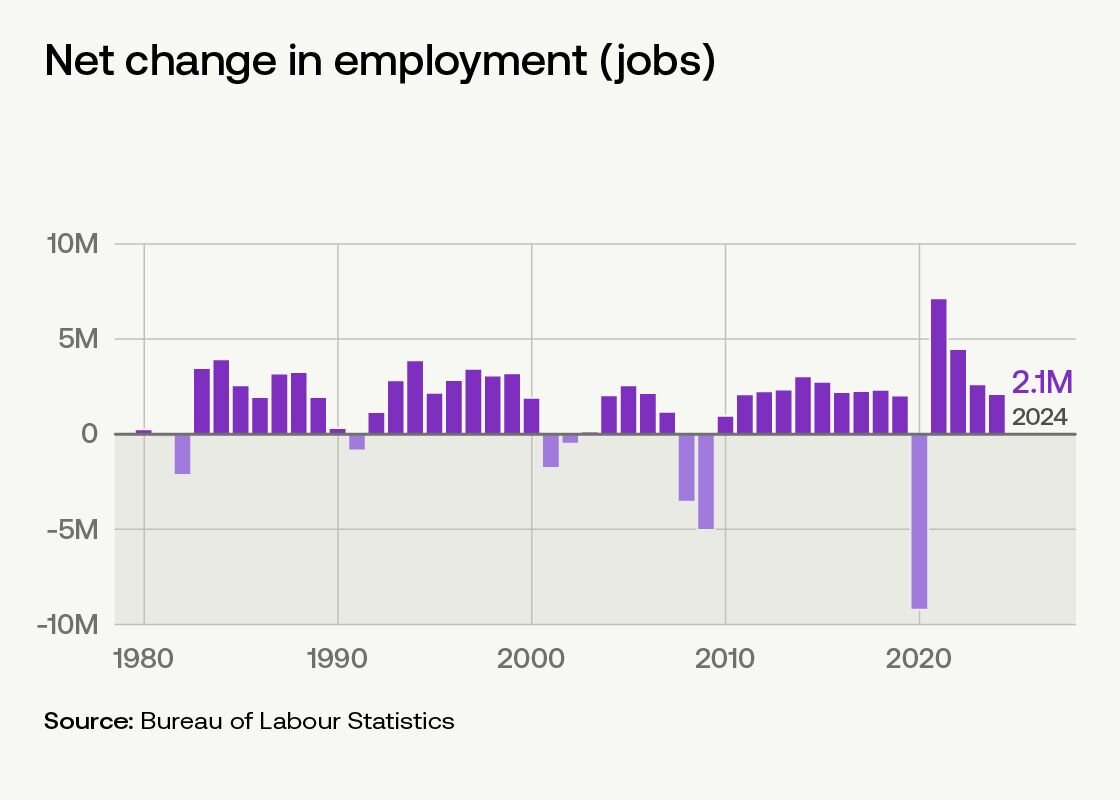
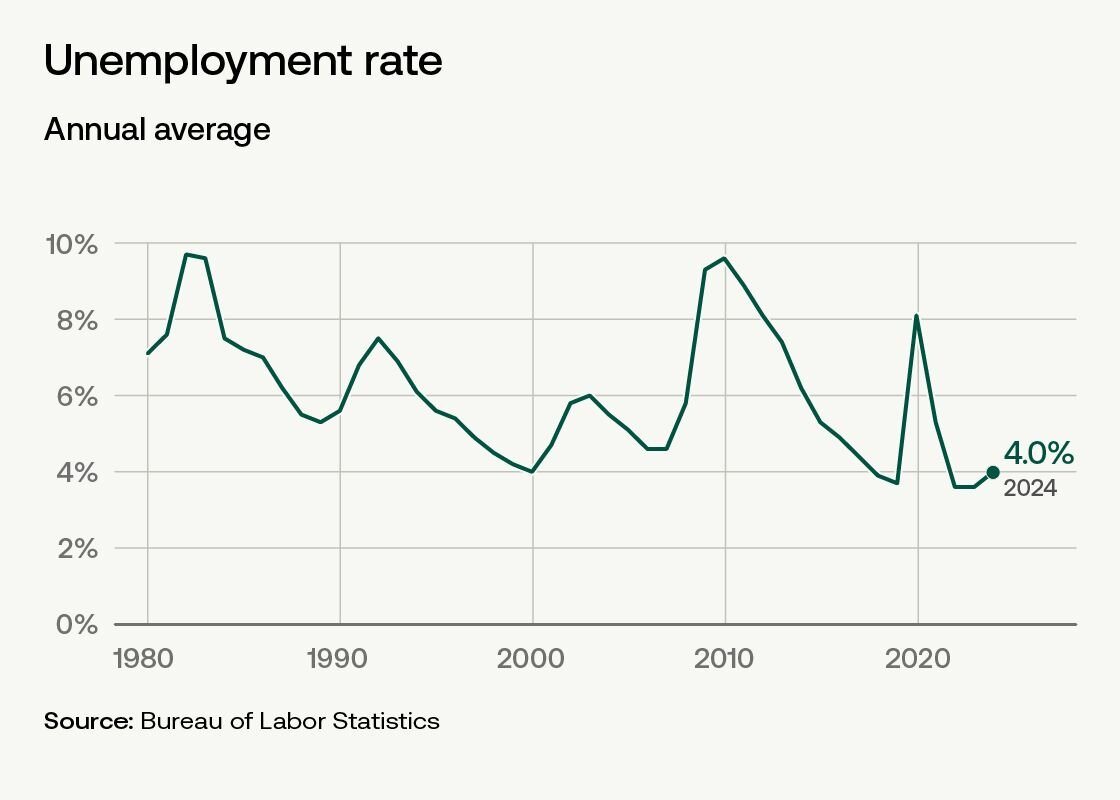
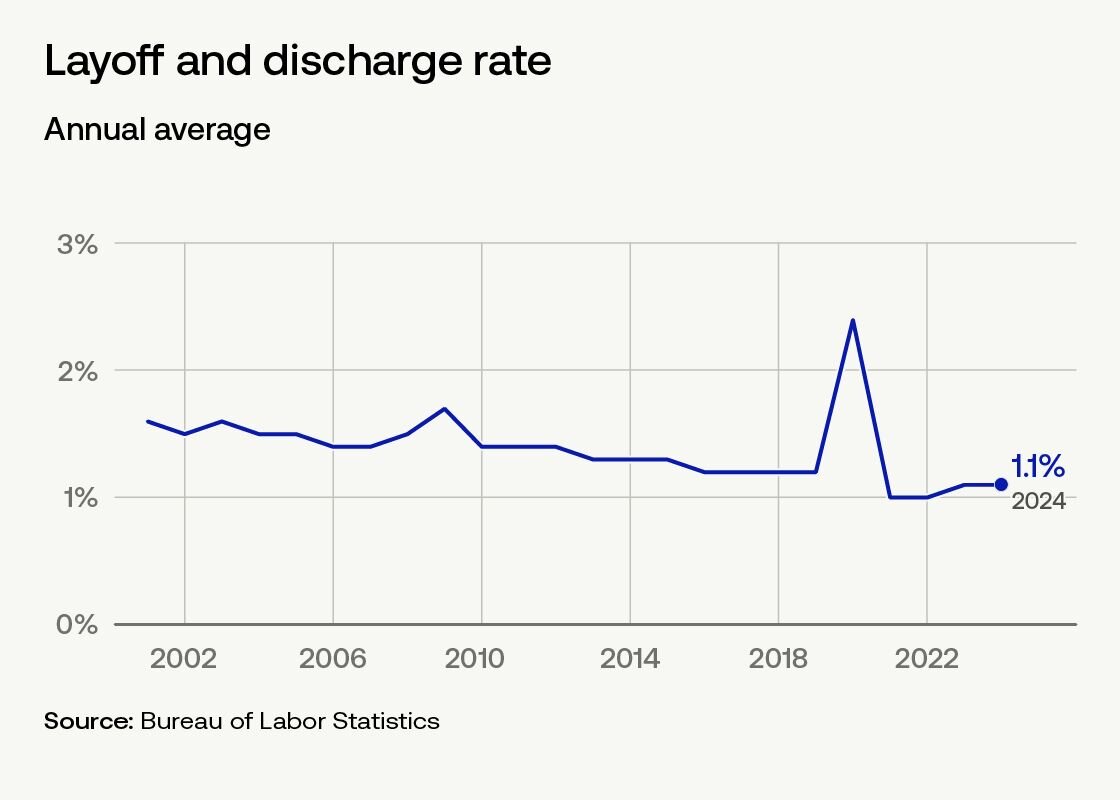
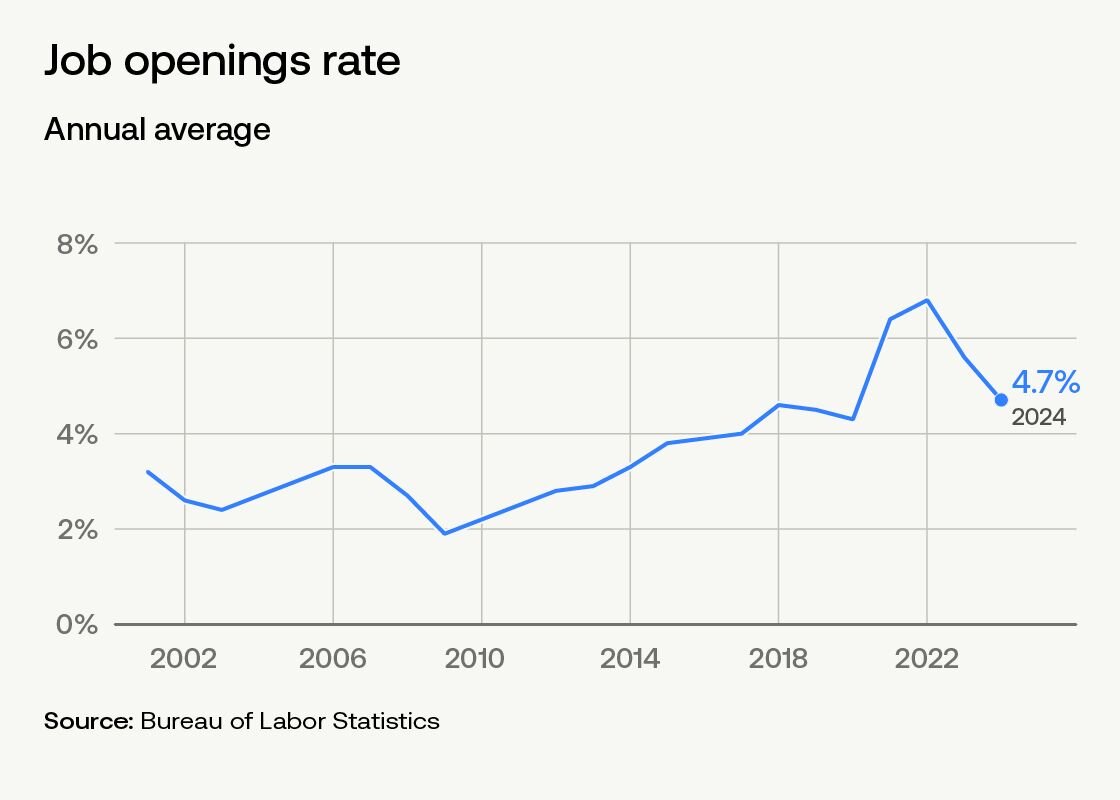
Immigration and border security
This chapter provides the numbers to understand the foreign-born people who come to the US and the different pathways they follow. It brings together the best public data available from the agencies charged with administering and reporting on different parts of the complex immigration system.
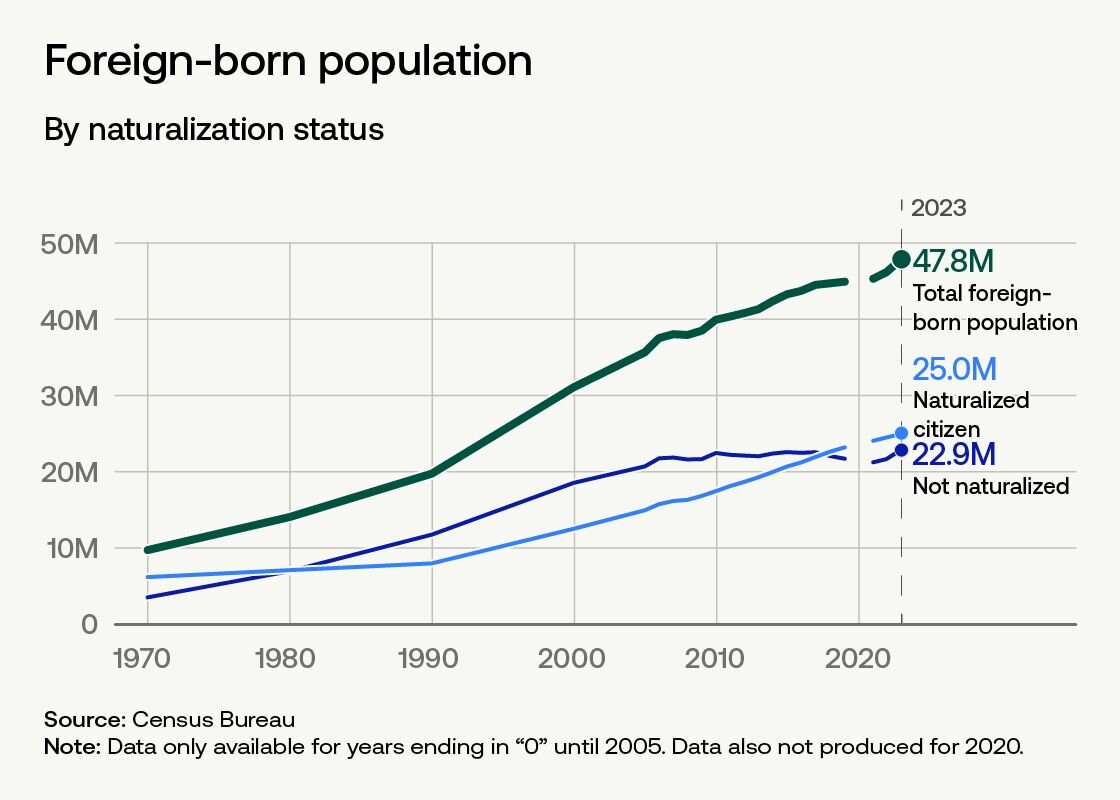
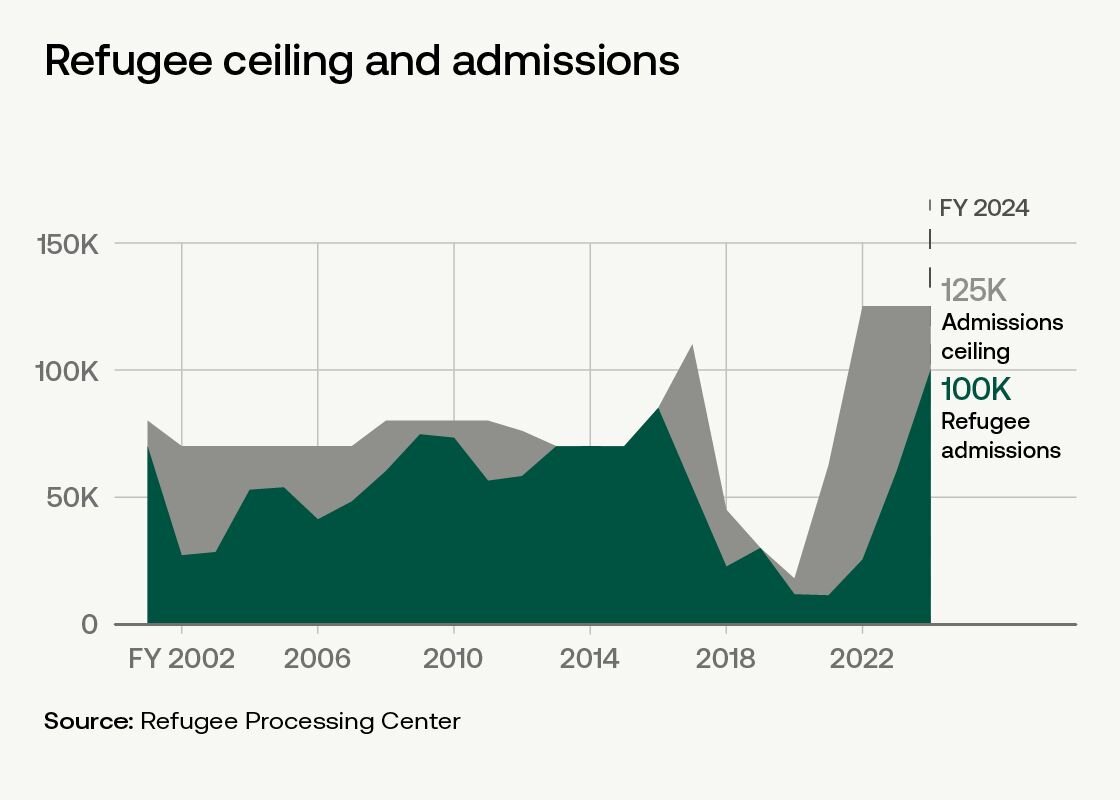

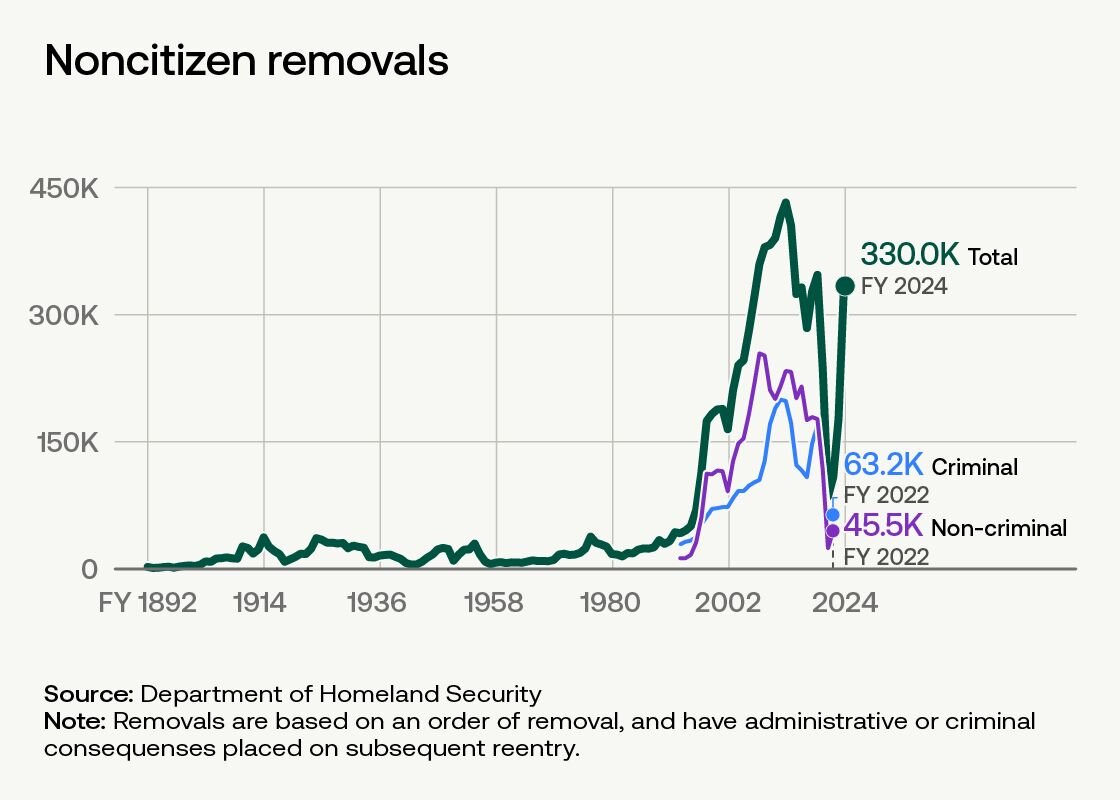
Population
The United States population grew faster in 2024 than during the previous 15 years. Birth rates remain near historic lows, and Americans continue to age, while migration accounts for most population growth. This snapshot of who lives in the US today shows how the country’s population is changing and offers context for policymakers weighing decisions on spending, immigration, government programs, and more.
